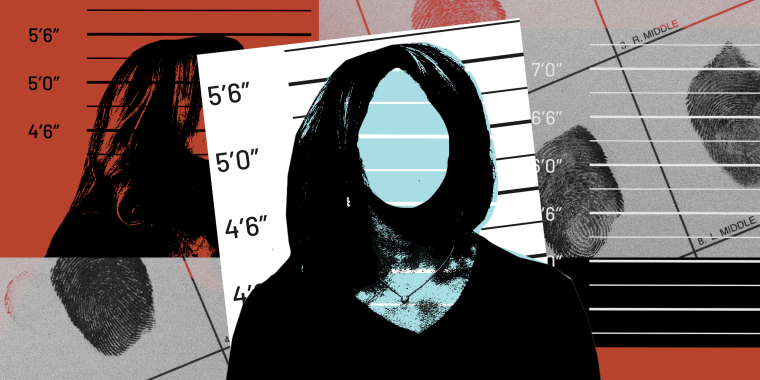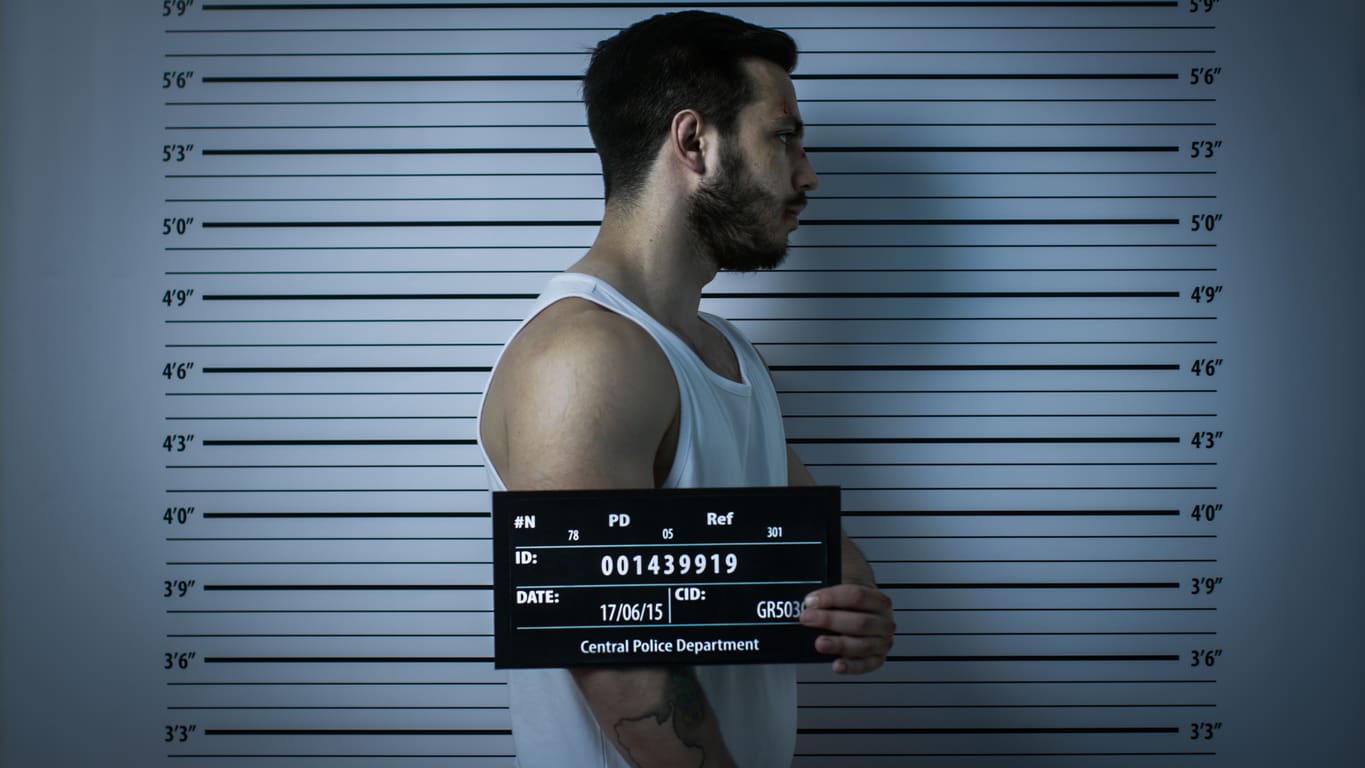From Scheduling to Mugshot: Recognizing the Intricate Process of Lawbreaker Photography
Wrongdoer photography, an important component of the criminal justice system, plays a critical function in recording the trip of an individual from the minute of their arrest to the finality of their mugshot. From the first processing at the scheduling terminal to the mindful setup and prep work for the mugshot, this intricate process involves various actions that require precise interest to detail. Beyond the technical facets, the world of criminal digital photography likewise incorporates lawful and ethical considerations that add an extra layer of intricacy. In this conversation, we will explore the diverse nature of criminal digital photography, clarifying the different stages involved, the difficulties dealt with, and the relevance it holds in the pursuit of justice.
Arrest and Preliminary Handling
Upon uneasiness of a suspect, the apprehension and first handling phase of the criminal digital photography procedure starts. This vital phase is the initial action in recording the physical appearance of the individual included in the claimed criminal task. The objective of this stage is to catch an accurate visual record of the suspect's identity at the time of apprehension, ensuring that the individual can be conveniently identified if needed for further investigations or legal process.
Throughout the apprehension and first processing stage, legislation enforcement officials commonly follow a standardized procedure. The suspect is brought to a designated location where their personal possessions are collected, and they are subjected to a complete search. As soon as this is finished, the suspect is photographed from numerous angles, consisting of profile and full-face shots. These photographs function as a main document of the suspect's physical look, capturing information such as facial functions, tattoos, scars, and various other identifying marks. Sometimes, extra pictures might be taken to record injuries sustained throughout the apprehension or to catch any proof associated to the supposed crime - Mugshots Orlando.
The photos obtained throughout the apprehension and first processing phase are important items of proof and play a significant duty in the criminal justice system. They act as a visual reference for private investigators, district attorneys, and other lawyers included in the instance. Additionally, these photos might be shown various other law enforcement agencies or made available to the general public to assist in the recognition and uneasiness of the suspect. By meticulously recording the suspect's look at the time of arrest, the arrest and first handling stage of the criminal photography procedure intends to facilitate a reasonable and accurate criminal justice system.
Mugshot Setup and Prep Work
The mugshot setup and preparation stage includes the cautious arrangement and prep work of the suspect for the main photo paperwork of their physical appearance. This critical step makes certain that the resulting picture precisely represents the person's face features and overall appearance at the time of their arrest.
During the mugshot configuration and prep work, legislation enforcement officers adhere to a standard treatment to ensure consistency and accuracy throughout all photos. The suspect is typically positioned in front of an ordinary history, such as a solid-colored wall surface, to remove any kind of distractions and focus entirely on their face. This helps to make sure that the face functions are quickly identifiable and plainly noticeable.
The suspect's elevation is determined, and they are advised to remove any type of hats, accessories, or things that might obstruct the view of their face - Mugshots Orlando. They are after that asked to face the camera directly, with their head held upright and their eyes looking straight at the lens. To capture an accurate representation, the suspect is instructed to keep a neutral expression, staying clear of any exaggerated faces or motions
Mugshot arrangement and preparation is a critical step in the criminal digital photography procedure as it helps to produce a precise and constant document of the suspect's appearance at the time of their apprehension. This photo documents acts as a necessary device for identification, examination, and lawful procedures.
Recording the Mugshot
Just how is the mugshot recorded in a expert and accurate way throughout the their explanation criminal digital photography process? Capturing a mugshot is a critical action in the criminal digital photography procedure as it functions as an aesthetic record of the suspect's appearance at the time of arrest. To make certain professionalism and trust and accuracy, several crucial elements come right into play.
Firstly, proper illumination is important to capture a clear and accurate image. Making use of a combination of synthetic and all-natural illumination, professional photographers intend to get rid of shadows and make sure that facial attributes are well-defined.

Additionally, a neutral history is made use of to minimize diversions and keep the focus only on the subject's face. This can be attained by utilizing an ordinary background or a specialized mugshot more tips here background, typically in a light or neutral color.

Quality Assurance and Documents
Throughout the criminal photography procedure, preserving quality assurance and detailed documents is vital to guarantee the accuracy and dependability of the recorded mugshot. Quality assurance steps are implemented to lessen errors and disparities in the photographs, while documents functions as a document of the entire process.
To ensure the high quality of the caught mugshot, law enforcement firms employ different methods. Quality control additionally includes examining and verifying the caught pictures for any kind of artifacts or distortions that might impact the precision of the mugshot.
Thorough paperwork is similarly important in the criminal photography process. It includes videotaping in-depth information about the subject, including their personal details, such as name, date of birth, and physical attributes. Furthermore, the paperwork must consist of the day and time of the photograph, the name of the photographing policeman, and any type of appropriate situations surrounding the arrest. This paperwork acts as a trusted document that can be made use of for future reference, examinations, and legal procedures.
Lawful and Honest Considerations
Lawful and honest considerations play an important function in the criminal photography procedure. Police need to abide by rigorous standards to make certain that the civil liberties of individuals are shielded which the evidence collected is admissible in court.
Among the main legal factors to consider in criminal digital photography is getting appropriate consent. For the most part, police policemans should get the approval of people before taking their photographs. This is especially vital when it concerns mugshots, as people have a right to personal privacy and may decline to have their image taken. Furthermore, police policemans must make sure that they are following the proper lawful treatments when carrying out searches and seizures, as any proof gotten illegally might be inadmissible in court.

Moreover, appropriate handling and storage of photos is necessary to preserve the stability of the criminal justice system. Police must have strict protocols in position to stop unapproved accessibility, meddling, or misuse of photos.
Final Thought
Finally, criminal photography is a facility and complex process that begins with the apprehension and initial handling of the individual. The setup and preparation of the mugshot are crucial to guarantee precise representation. Recording the mugshot needs attention to detail and adherence to quality assurance standards. Ethical and lawful factors to consider play a substantial role throughout the process. In general, understanding the details of criminal digital photography is vital for police to click over here accurately record and identify people associated with criminal activities.
Wrongdoer photography, an important component of the criminal justice system, plays an essential role in documenting the trip of an individual from the minute of their arrest to the finality of their mugshot. By very carefully recording the suspect's appearance at the time of arrest, the arrest and first processing stage of the criminal digital photography procedure intends to help with a fair and precise criminal justice system.
Just how is the mugshot caught in a expert and exact fashion during the criminal digital photography procedure? Capturing a mugshot is a crucial action in the criminal photography process as it serves as a visual document of the suspect's look at the time of apprehension. Overall, understanding the complexities of criminal digital photography is essential for law enforcement companies to accurately record and identify people entailed in criminal tasks.